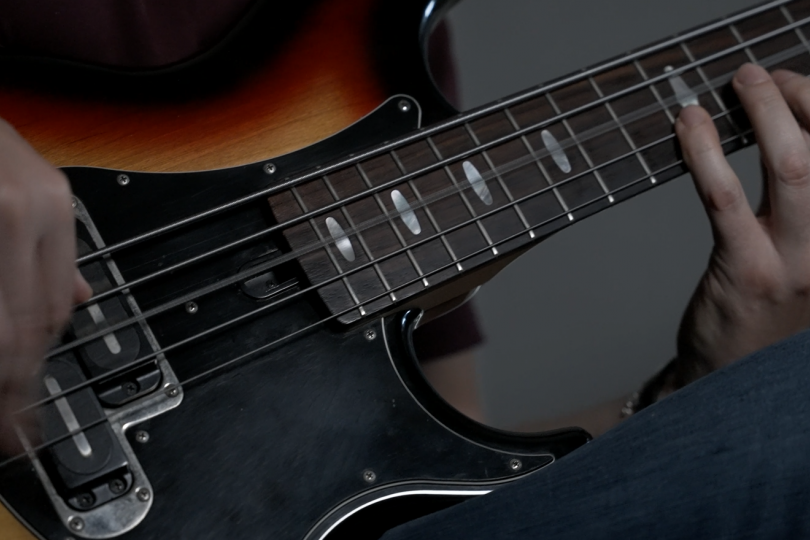
Bass Around the World #8: Bach on Bass
Johann Sebastian Bach's music is everywhere. Despite being a German composer and musician of the late Baroque period (1685-1750), his influence is still omnipresent in our days. Weddings? Play some Bach. Haunted houses? Bach will suit the mood. Church? Of course, Bach. Shredding solo bass? Bach will do! The magnificent Baroque composer produced more than 1100 works of all possible musical forms and established German styles through his mastery of counterpoint, harmonic, and motivic organization, as well as through his adaptation of rhythms, forms, and textures. Bach was also valued as an organist and his The Well-Tempered Clavier was a groundbreaking musical and didactical masterpiece exploring the possibilities of the newly established 24 minor and major keys system.
Maybe we should start with the question: "Why even bother to play classical music on bass guitar?" I would say there are three main reasons: improving technique, exploring the fingerboard, and training your musical memory.
Lesson time
I highly recommend practicing Six Suites for Violoncello Solo (BWV 1007-1012) by J.S.Bach. Our example is Suite No. 1 in G Major Prelude, which is probably the most famous one, with a beautiful opening theme. These suites were written for cello, so we’re facing some challenges when trying to incorporate them on electric bass.
First of all, the cello is tuned in fifths, so our fingerings will be challenging, which is great for improving our technique.
The second challenge is timbre and the right pitch for the suites to make them “sing” and speak to the listener. I like to play them in low positions on bass (so they sound an octave lower than on cello)—however, if you want to get closer to the cello interpretation, tune your five-string bass without the B string to E, A, D, G, and C, or use a six-string bass for extended range.
When working on Bach’s music on bass, pay attention to every note, articulation, and interpretation. There are no patterns (or they are very minimalistic) and you’ll have to be aware of every phrase as there is a constant stream of music. It will put your musical memory to the test as each Suite consists of several pages of written material.
Instead of practicing the same scales and pentatonic boxes over and over, try some classics and level up your bass chops.
If you have found an error or typo in the article, please let us know by e-mail info@insounder.org.





